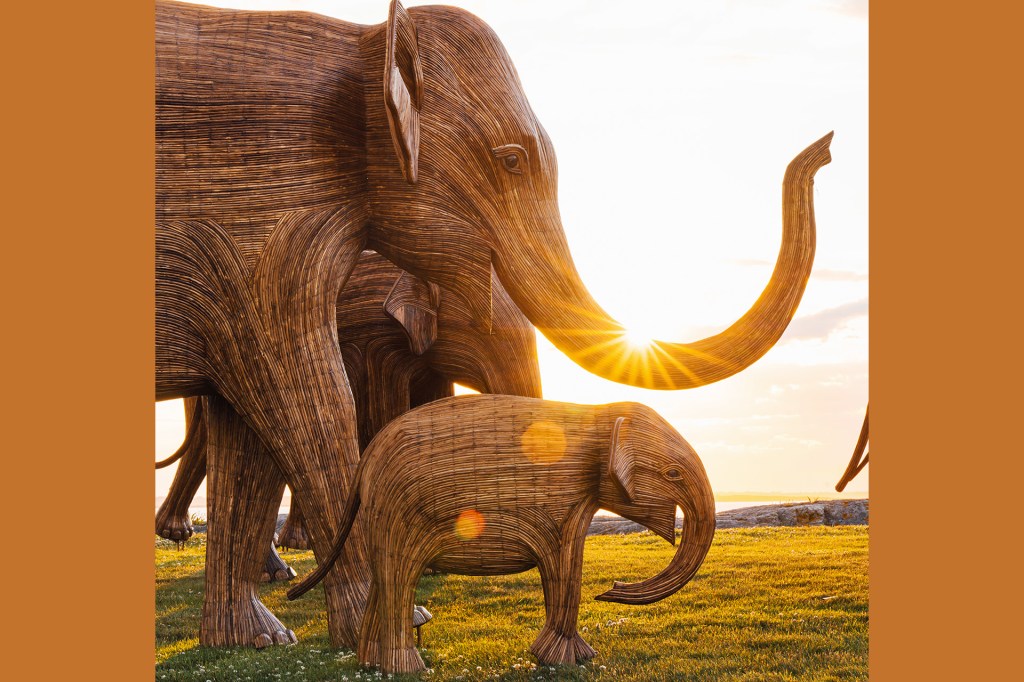
Imagine seeing a herd of elephants on the busy streets of New York City. It’s hard to believe—but, in 2024, 100 life-size elephant sculptures took over downtown Manhattan. The gigantic sculptures were part of The Great Elephant Migration, a public art project now traveling around the country. The project raises money for wildlife conservation. And it encourages people to live responsibly alongside animals.
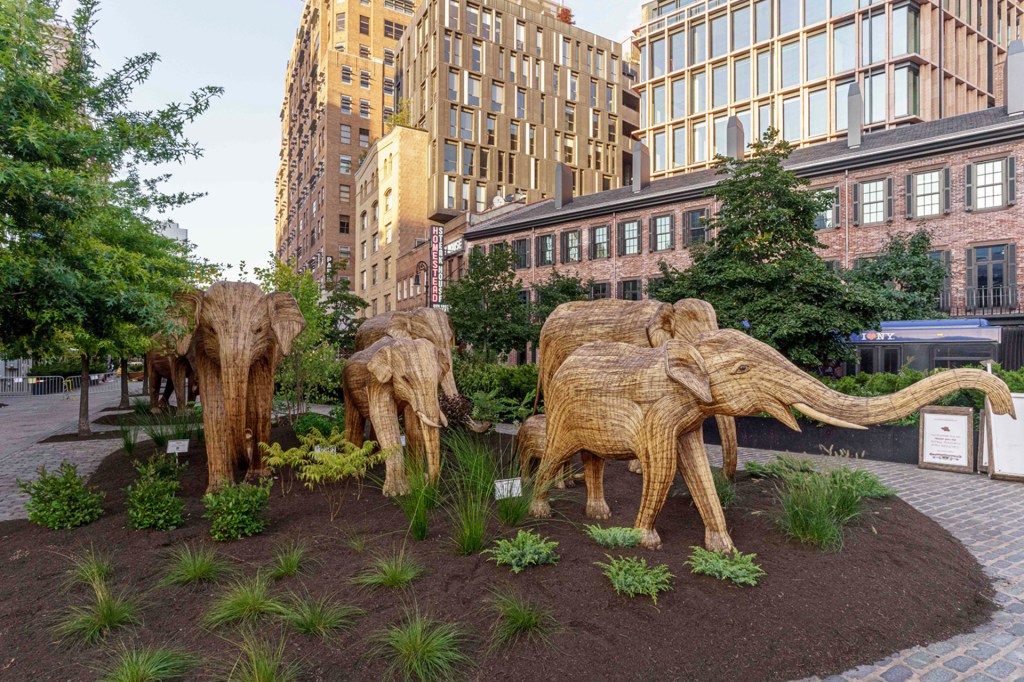
FAR FROM HOME The elephants are positioned amid the bustling streets of New York City.
MARK WARNERFiona Humphrey is a cofounder of the Great Elephant Migration project. She wants people to interact with the elephants. (Yes, you can touch them!) Humphrey told TIME for Kids that she hopes visitors will ask themselves: “If these elephants lived in my backyard, what would that look like?”
Helpful Giants
The Great Elephant Migration first popped up in the United Kingdom and India. In July 2024, the sculptures landed in the United States. They were first installed in Newport, Rhode Island. Since then, they’ve stomped across the pavement in New York City and towered over a sandy beach in Florida. The elephants are scheduled to appear in Texas, Wyoming, and Montana before completing their U.S. tour in Los Angeles, California, this summer.
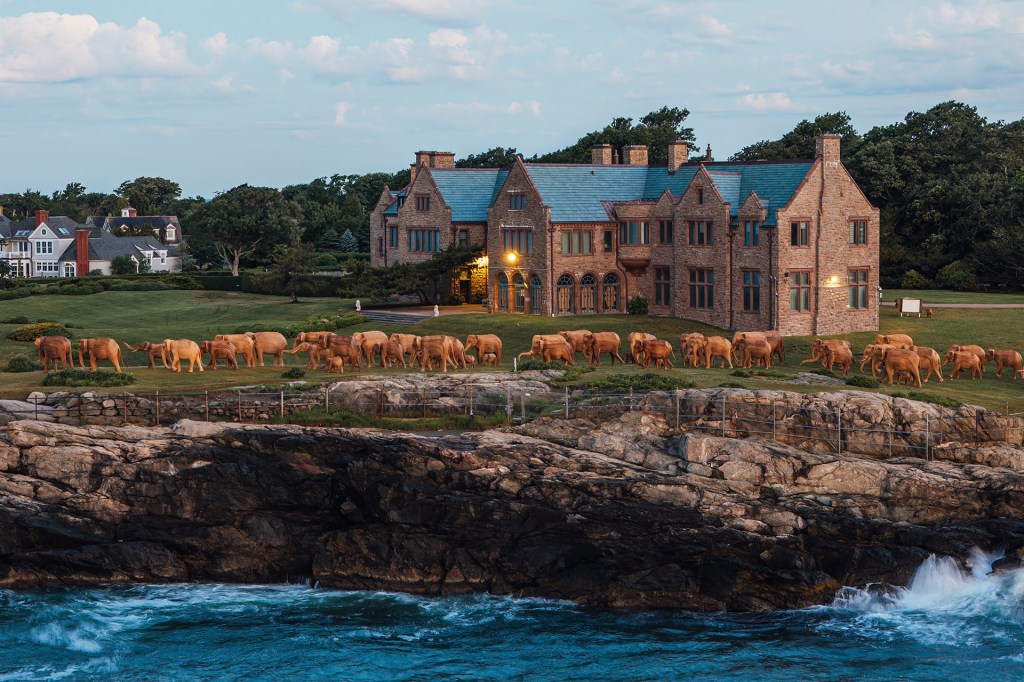
FIRST STOP The Great Elephant Migration begins its U.S. tour with a stop in Newport, Rhode Island, in July 2024.
COREY FAVINOAs the sculptures travel around the world, they’re sold to art collectors. New elephants are added to the herd before it reaches its next destination. The money earned from sales is donated to conservation projects around the world.
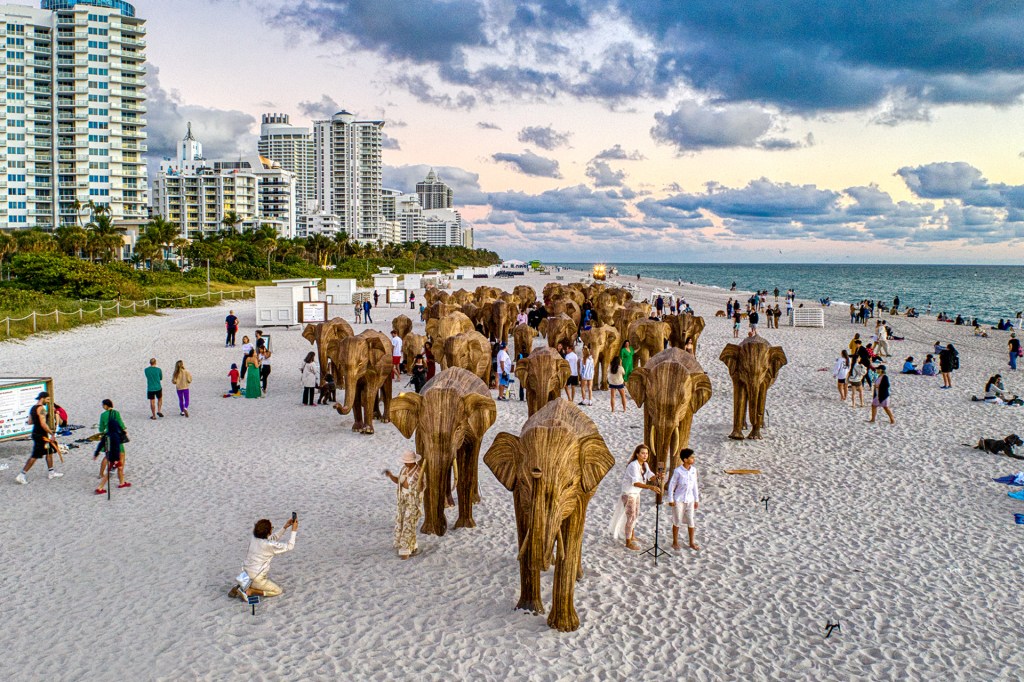
BIG FOOTPRINTS Visitors pose with elephant sculptures in Miami Beach, Florida, in 2024.
COURTESY THE GREAT ELEPHANT MIGRATION
Many of the conservation projects chosen are led by or support Indigenous Indigenous relating to the original inhabitants of a place (adjective) people and communities. “We’re an Indigenous-focused organization,” Humphrey says.
Wild Idea
Tarsh Thekaekara is a scientist and researcher. He cofounded the Real Elephant Collective, a group of 200 artisans from across Southern India. They study elephants and create the sculptures by hand.
The sculptures take from one to three months to make, depending on their size. They’re as big as real elephants—some as large as nine feet tall. They’re made from a plant called lantana, an invasive invasive non-native and destructive, pertaining to plants and animals (adjective) shrub that has been destroying wildlife habitats in India.
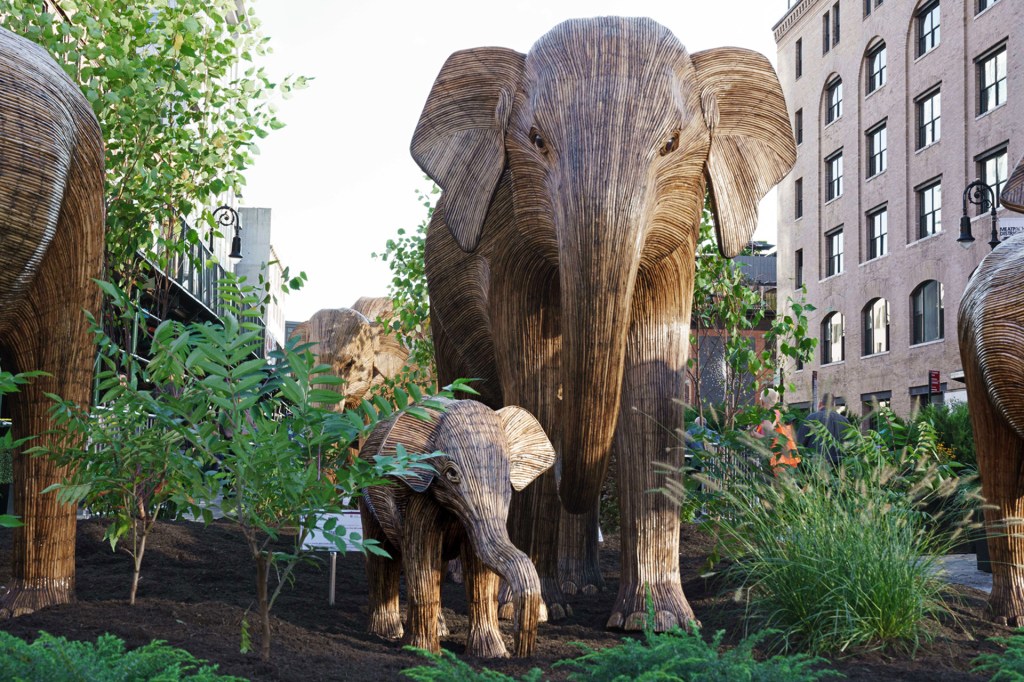
BIG AND SMALL Each elephant sculpture is based on a real elephant living in Southern India.
MARK WARNER
The Real Elephant Collective artisans turn the lantana into art. First, they remove the plant from the ground. Then they dry the shrub and use it to craft unique details, such as elephant eyes and even toenails. Using the plant as an art material “is perhaps the only way we can push back against the spread of lantana,” Thekaekara says.
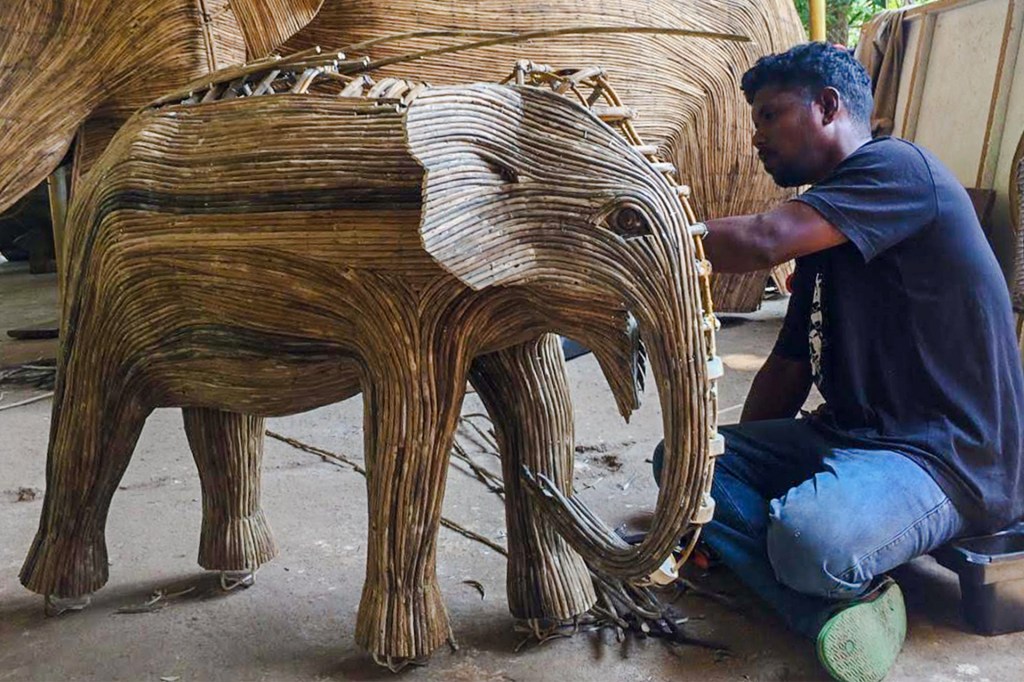
TRUE TO LIFE An artisan with the Real Elephant Collective works on a baby elephant sculpture.
COURTESY THE REAL ELEPHANT COLLECTIVEEach sculpture is unique, based on a real wild elephant living at the Nilgiri Biosphere Reserve, in Southern India. There, people and elephants coexist (see “The Elephant Next Door”). “The fact that people are able to live alongside animals like this [is] pretty amazing,” Thekaekara told TFK.
Most of us don’t live among elephants. But we can all think about how we coexist with the wildlife in our community. If people in India can live among “the world’s largest land mammal,” says Thekaekara, “surely you can live with everything, right?”
The Elephant Next Door
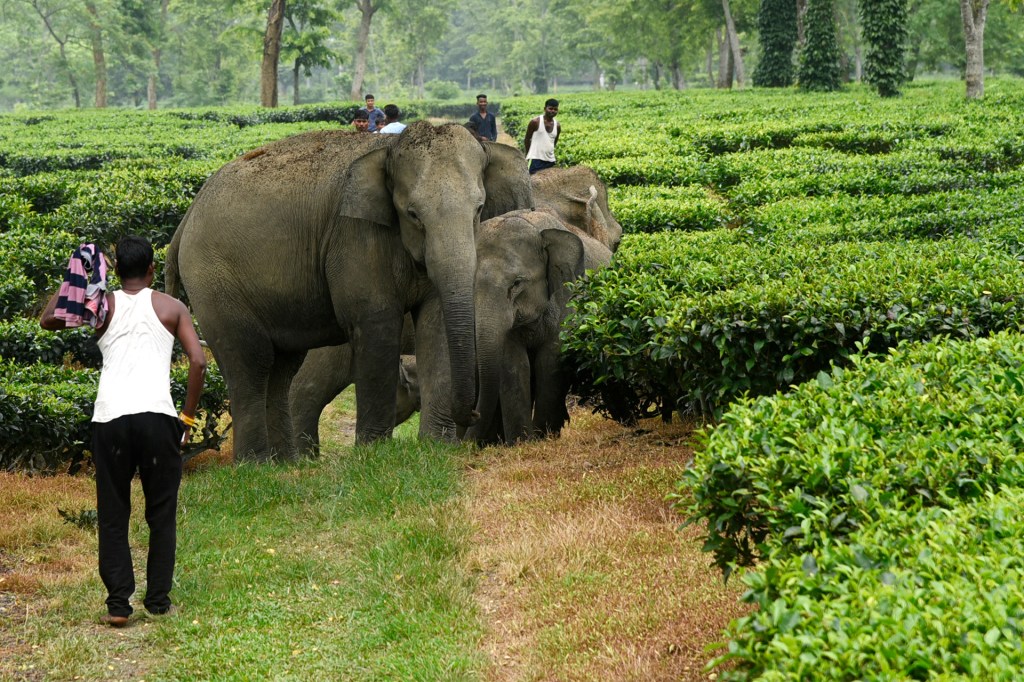
Indian elephants aren’t like other elephants. They’re smaller, for one thing. But the animals that inspired The Great Elephant Migration have another unusual quality: They live alongside people, in Southern India.
The elephants’ habitat has been impacted by deforestation. With fewer places to go, elephants began making their way into human villages. People are still figuring out how to live with their new neighbors.













